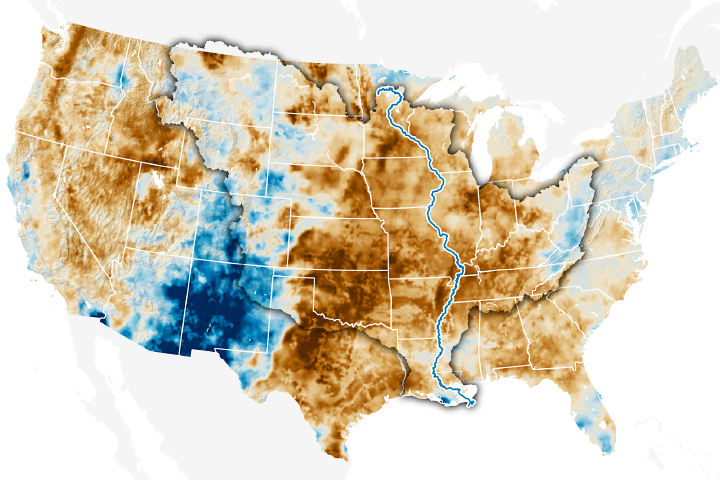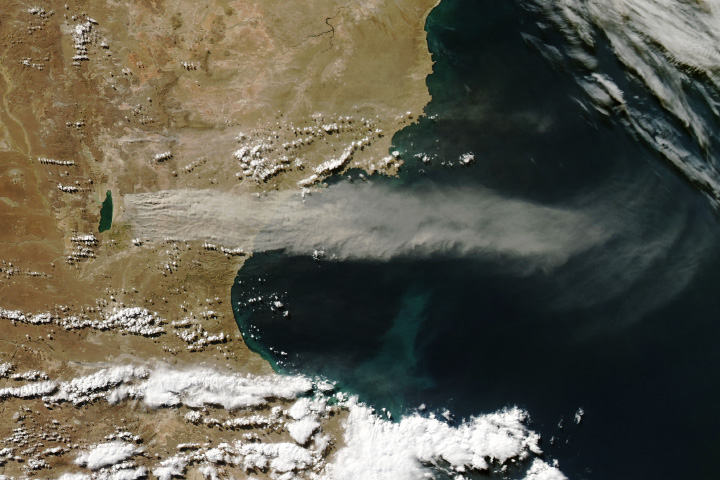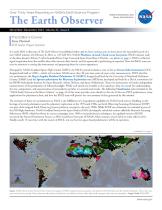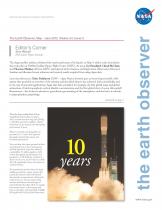- Home
- Missions
- Data
- Communications
- People
- The Earth Observer Newsletter




Recent Imagery
You will be directed to the NASA Visible Earth webpage when you select Images by Mission below, or click on the images at right that are randomly generated to represent four out of all possible topics.
The Earth Observer: May - Jun, 2012
In This Issue
Click title below to view page
- Editor’s Corner Front Cover
- Feature Articles
- CATS: A New Earth Science Capability4
- Earth Day Is Every Day at NASA 9
- Students’ Cloud Observations Continue to Help Validate NASA Satellite Data 12
- Meeting/Workshop Summaries
- Workshop on Land-Cover Land-Use Change in Southeast Asia 14
- LANCE User Working Group Meeting Summary 19
- In The News
- Warm Ocean Currents Cause Majority of Ice Loss from Antarctica 24
- NASA Views Our Perpetual Ocean 26
- Regular Features
- NASA Earth Science in the News 28
- NASA Science Mission Directorate – Science Education and Public Outreach Update 30
- Science Calendars 31
Editor's Corner
Steve Platnick, EOS Senior Project Scientist
The Aqua satellite mission celebrated the tenth anniversary of its launch on May 4, with a series of activities that took place at NASA’s Goddard Space Flight Center (GSFC). At noon, Joel Susskind, Chuck McClain, and Thorsten Markus [all from GSFC] participated in the Sciences and Exploration Directorate’s Director’s Seminar and discussed recent advances and research results acquired from using Aqua data. Later that afternoon, Claire Parkinson [GSFC—Aqua Project Scientist] gave an hour-long scientific colloquium that provided an overview of the mission and described what it has achieved, both scientifically and in the way of practical applications. Aqua data have provided, for example, the first global maps and global animations of mid-tropospheric carbon dioxide concentrations and the first global view of ocean chlorophyll fluorescence—the former is relevant to greenhouse-gas warming of the atmosphere, and the latter is relevant to phytoplankton physiology. The day’s activities capped off with.....
Read more...

